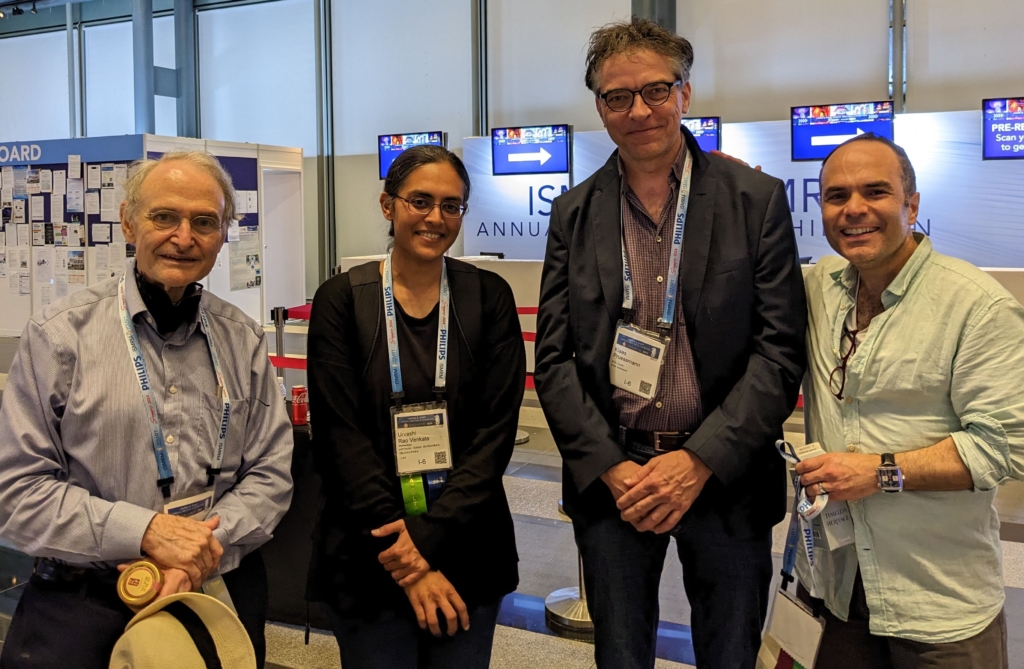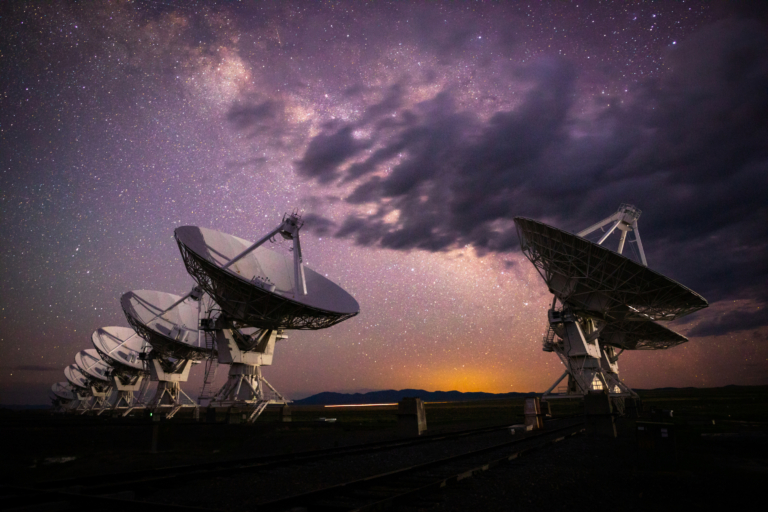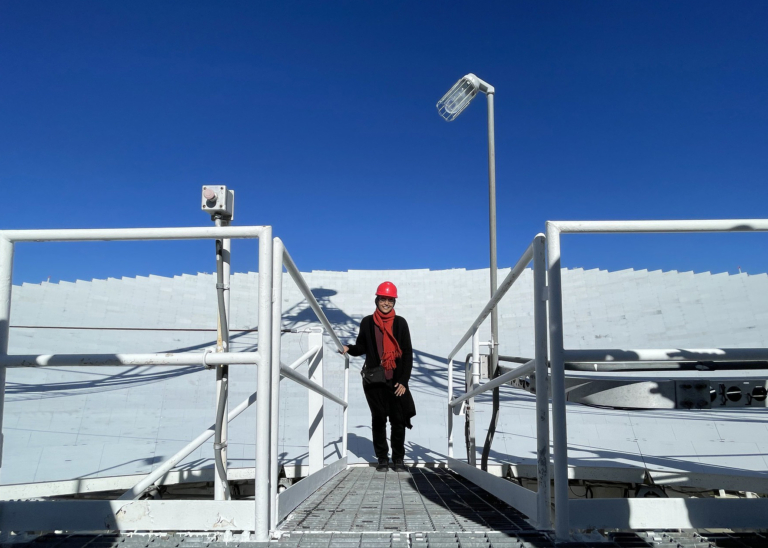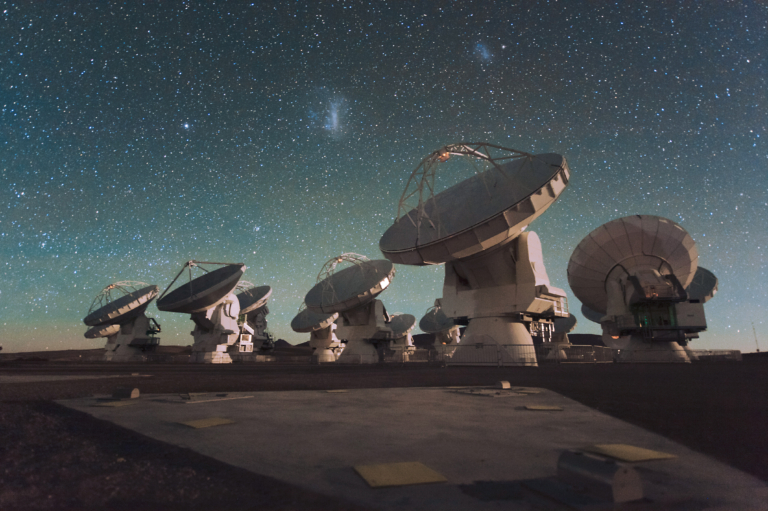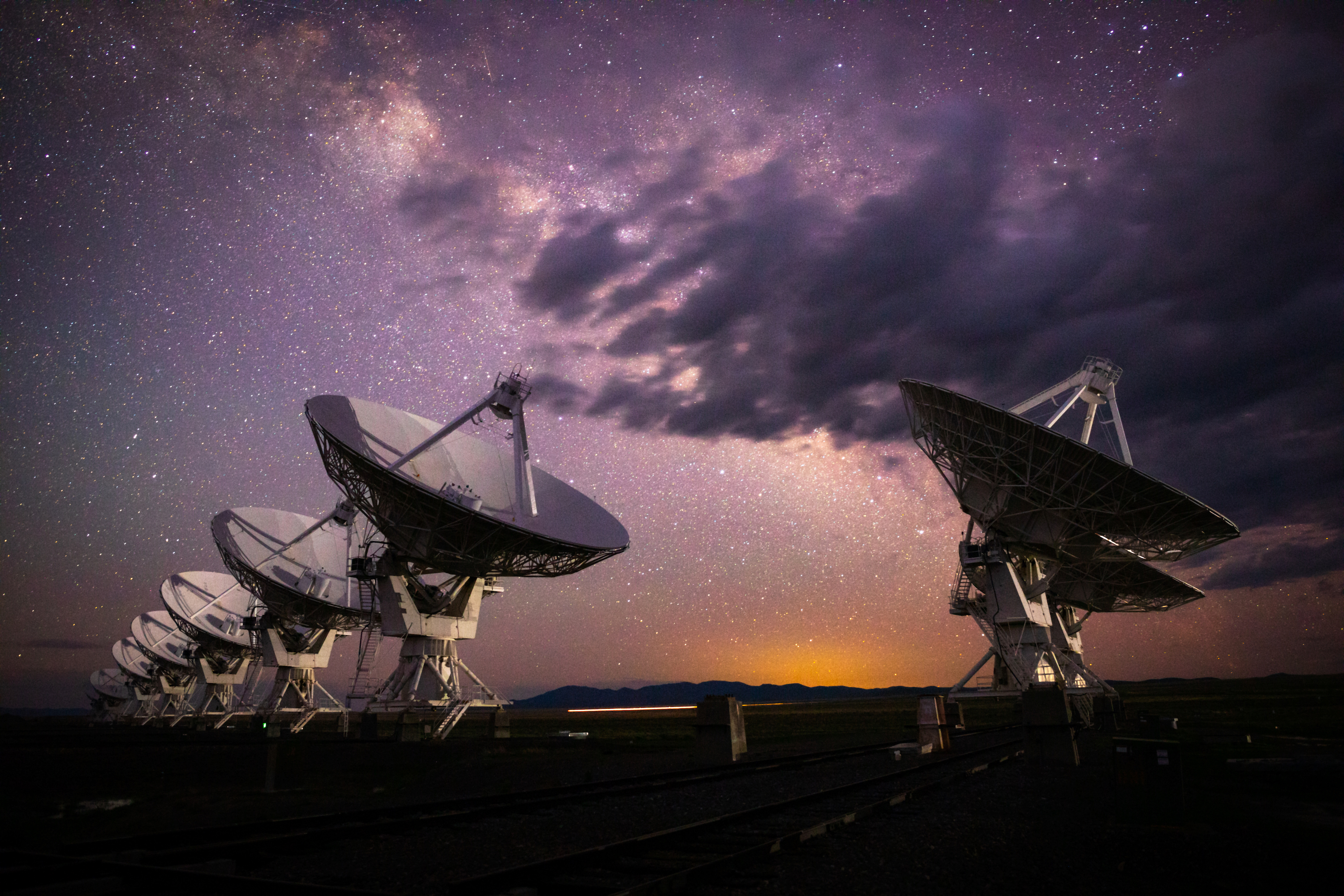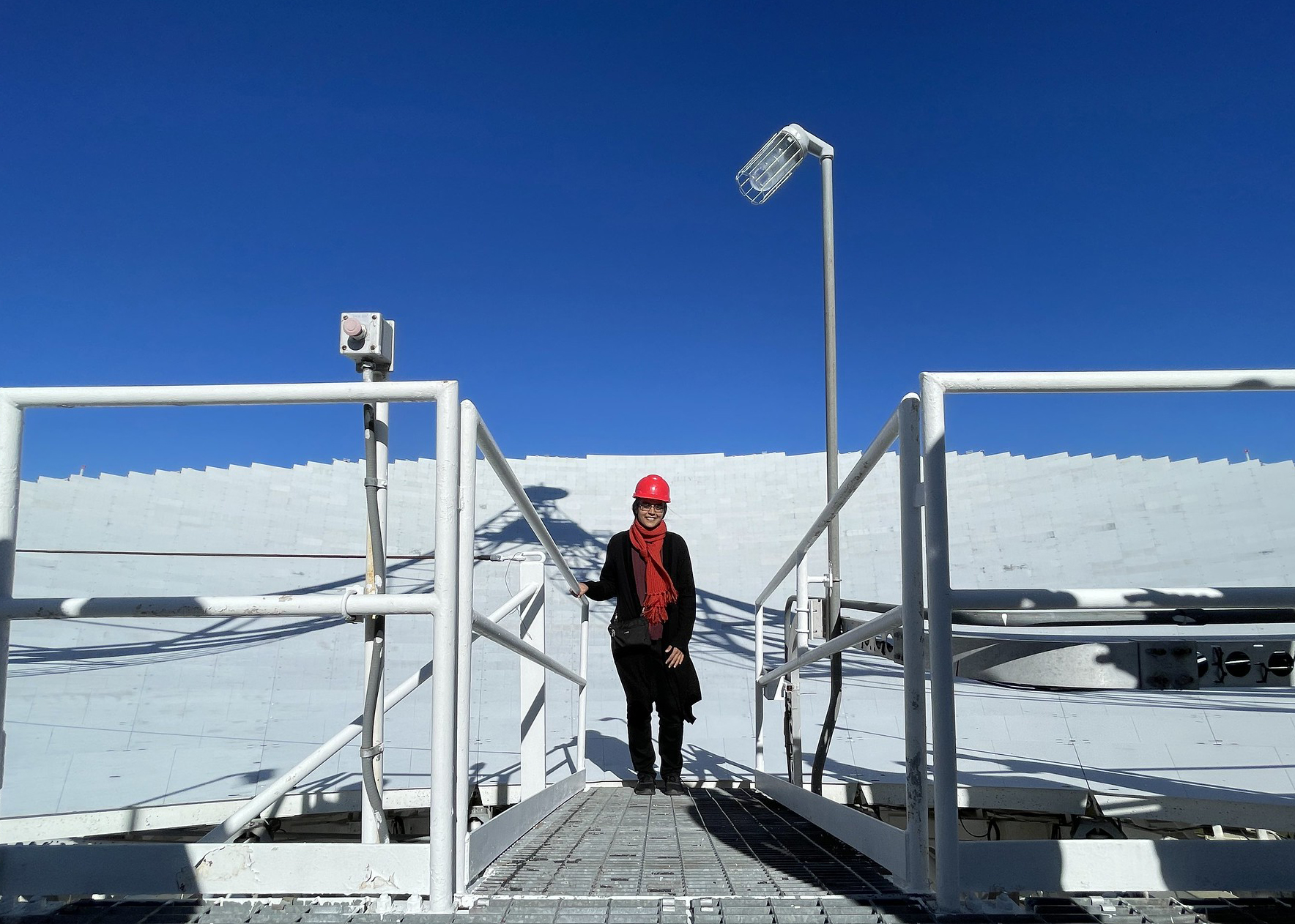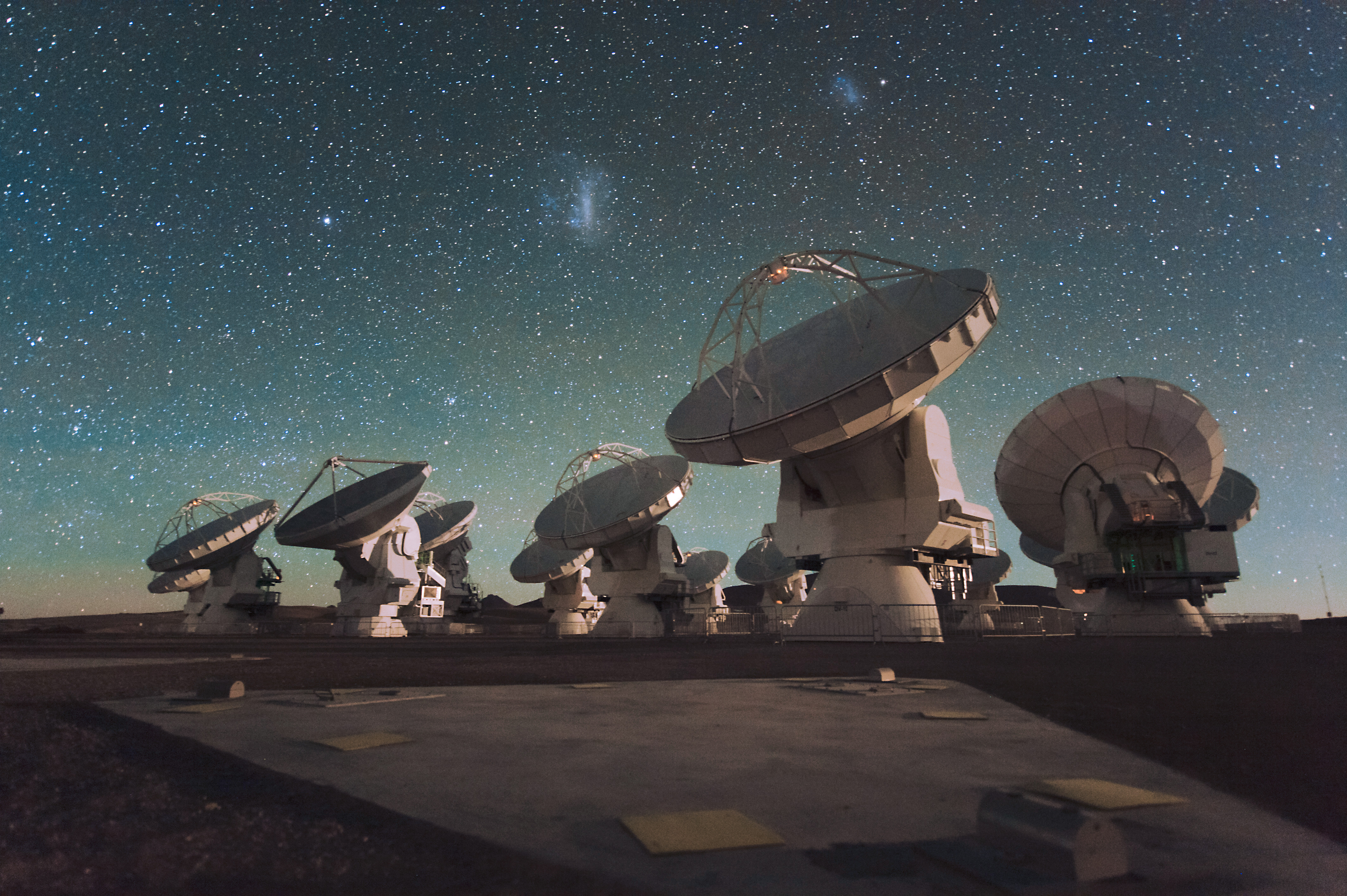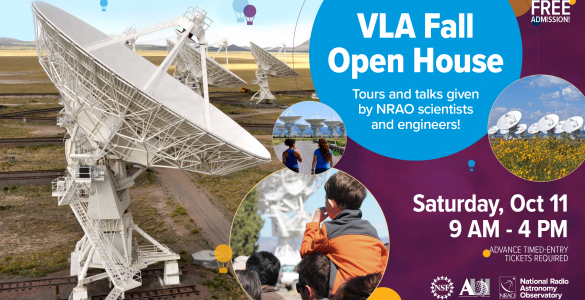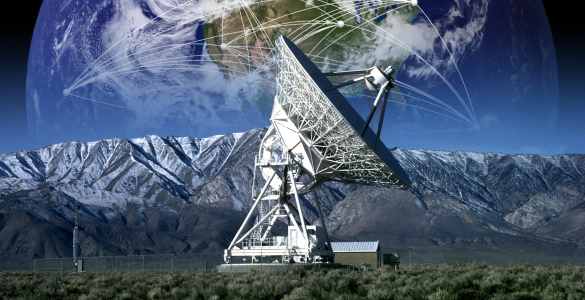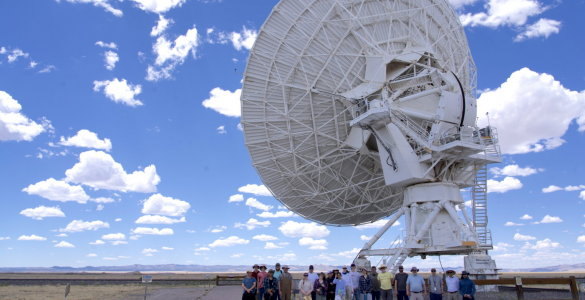For centuries, humans have looked to the skies to solve the mysteries of the Universe. By measuring radio waves, the electromagnetic radiation from objects in outer space, astronomers have gained great insight into how stars and planets form, the composition of black holes, and the evolution of the Universe itself. Since the discovery of X-ray imaging, an ever-expanding range of medical imaging methods have revolutionized the practice of medicine, noninvasively enabling better diagnoses and more effective treatments. Despite the differences in the nature and scale of medical and astronomical imaging, studying the Universe, and the human body, have more in common than one might think.
Exploring the ongoing potential of this overlap, experts from the U.S. National Science Foundation’s National Radio Astronomy Observatory (NRAO) and the medical imaging field presented to an audience of around 2,000 at the prestigious International Society for Magnetic Resonance in Medicine (ISMRM) Conference in Singapore. Their talk, “From Innerspace to Outer Space: How? A Point-Counterpoint Exchange and Discussion,” highlighted the cross-section between radio astronomy and magnetic resonance imaging (MRI) techniques. Urvashi Rau, an NRAO scientist, and Klaas Pruessman, a professor and institute leader with ETH Zurich, explored the similarities, unique challenges, and solutions bridging astronomical and medical imaging.
“Astronomy has a history of contributing technology and techniques to medical imaging that have proven to be valuable for human health,” says Joe Pesce, NSF program director for the NRAO. “This ongoing effort by NRAO promises to add to that legacy — there is significant potential for future cross-disciplinary impacts inspired by cutting-edge radio astronomy.”
The imaging challenges faced by medicine and astronomy are surprisingly similar. Over the past 50 years, both fields have evolved nearly independently, sometimes solving the same problem at different times. For example, over the past two decades, advances in medical Magnetic Resonance Imaging (MRI), through improvements in compressed sensing and parallel imaging, have significantly reduced scan time while maintaining image quality. It turns out that these same concepts have been fundamental to imaging in radio astronomy for at least a decade longer than in medical imaging, with radio telescope arrays (interferometers) like NRAO’s Atacama Large Millimeter/submillimeter Array (ALMA) and the Karl G. Jansky Very Large Array (VLA). While a few ideas have successfully been adopted across fields, it is only recently that scientists have intentionally begun to communicate. Artificial intelligence and machine learning are now making their way into both fields, with the medical imaging community being far ahead of radio astronomy and it promises to be a very exciting time to share lessons learned.
Several departments at NRAO have been exploring the adaptation and use of astronomy specific technology outside of observatories for some time. NRAO’s Technology Transfer Office and Algorithm R&D Group have hosted the Cells to Galaxies initiative with conferences in 2019 and 2021, and an online lecture series in 2020 to collaborate on similarities in imaging techniques across the two fields. NRAO and NYU have since arranged cross-disciplinary educational presentations as part of the NRAO colloquium series, the i2i conference in 2023, and this year at the ISMRM. The Algorithm R&D Group also recently launched project LibRA, to make radio astronomy algorithms available, and enable cross-discipline research and development, for indirect imaging including MRI and ultrasound.
“NRAO, with the support of the U.S. National Science Foundation and oversight by Associated Universities, Inc., is excited to pursue all the opportunities that come from breaking unnecessary boundaries between astronomy, other areas of science, medicine, and business. There is so much potential that can come from all of us working together,” explains Tony Beasley, Director of the NRAO.
Rau has experience in breaking down boundaries. Starting from a scientific computing background and crafting a research career in radio astronomy, she has directly experienced both the need and benefits of communicating across boundaries and developing shared perspectives. She encourages students interested in similar work to approach their careers with curiosity and creativity, and to consider places like the NRAO that have a long history of supporting interdisciplinary work.
As a scientist at NRAO, Rau specializes in algorithms for radio interferometric image reconstruction and interference mitigation. She currently leads the international team of scientists and software engineers who develop the Common Astronomy Software Applications package used for data analysis with ALMA and the VLA. Rau joined the NRAO scientific staff in 2010 after completing a PhD with Tim Cornwell (NRAO/CSIRO/SKA) and previously worked in the NRAO Algorithm R&D Group.
Looking forward, as both fields continue to explore new frontiers, there will always be potential for sharing expertise and lessons learned. As Rau stated at a 2023 event, the bigger questions of how to “see” (in astronomy or medicine) comes down to very similar physical and mathematical principles, “these fields have arrived at almost a common problem from different angles, which means each field has explored some angle in much more depth than others, so there’s a lot to share.”






